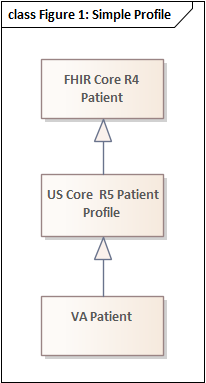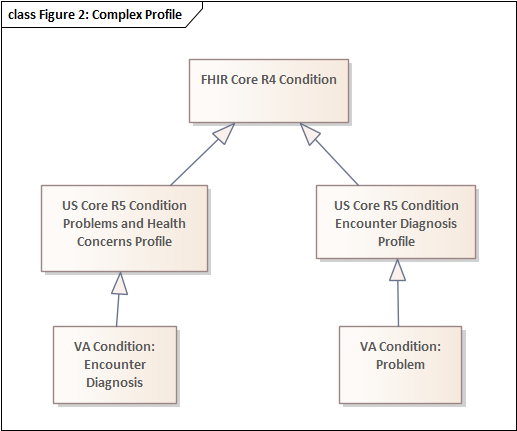US Veterans Health Administration FHIR Map Set Implementation Guide
1.4.0 - 250501
US Veterans Health Administration FHIR Map Set Implementation Guide
1.4.0 - 250501
Publication Build: This will be filled in by the publication tooling
These maps are published as entries in the StructureDefinition mapping property, so they are Profiles on existing assets. We considered two other options for documenting maps in FHIR IGs.
The Patient profile illustrates a simple case:

In some cases, US Core has provided multiple profiles on a single resource. In these cases, we follow the US Core lead:

In this case, US Core provides a profile for persistent or chronic problems you might find on a problem list as well as a profile for recording encounter diagnoses. VistA also persists these facts in different ways, so the profiles work well.
In other cases, the VistA data is far more complex than the profile assets provided by US Core. In these cases, we may publish several profiles on a single US Core profile, often with intermediate “abstract” profiles. Lab is one example of this (figure for illustrative purposes is not complete):

These profiles also instantiate other kinds of relationships via references. These relationships are illustrated on the respective profile pages.